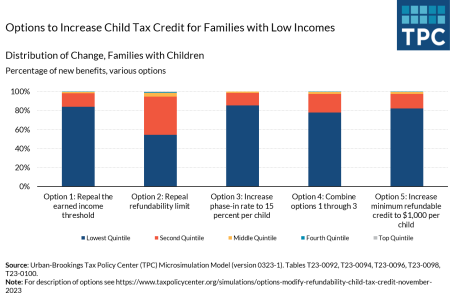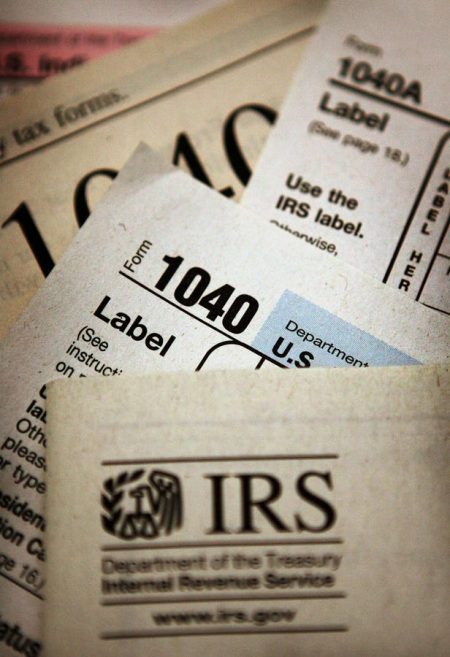Student debt has more than tripled since 2006. That year, borrowers collectively owed more than $500 billion in student loan debt—less than car loans and other consumer debt like credit cards. And while debt has overall edged higher for consumers, it’s skyrocketed for student borrowers. According to the office of Federal Student Aid, as of March 2023, about 44 million borrowers owed more than $1.6 trillion in federal student loans—that total doesn’t include private loans in repayment (like mine).
As students enter college this fall, that number is expected to go up—not down. The average cost of college in the U.S. is $36,436 per student per year, including books, supplies, and daily living expenses (that number can vary widely depending on several factors, including where you live). That’s nearly five times the cost of attending college just 40 years ago—far surpassing the pace of inflation. For context, according to the Bureau of Labor Statistics consumer price index, today’s prices for other goods and services are roughly 2.84 times as high as average prices since 1985.
Moreover, the federua student loan repayment moratorium that began in March of 2020 as an emergency Covid pandemic measure, expires at the end of this month. That means that interest on loans will start accruing again as of September 1 and that payments will begin again in October.
As families grapple with repayment, the IRS has issued a reminder about an employee benefit plan that often flies under the radar: educational assistance programs.
Educational assistance programs were created by Congress in 1978, though not made permanent until the American Taxpayer Relief Act of 2012. You’ll find the details in section 127 of the tax code, which begins:
Gross income of an employee does not include amounts paid or expenses incurred by the employer for educational assistance to the employee if the assistance is furnished pursuant to a program which is described in subsection (b).
The section details the requirements of the program which, until 2020, could be used to pay for books, equipment, supplies, fees, tuition, and the like for employees on a tax-free basis. But the plan has expanded. Now, educational assistance programs can also be used to pay principal and interest on an employee’s qualified education loans through Dec. 31, 2025.
To qualify, the regulations spell out that an educational assistance program must be in the form of a written benefits plan. While that sounds super formal, it’s no different than the health care, retirement benefits, or commuter plan that your company likely already has in place.
The plan can allow for payments of up to $5,250 per employee per year for educational benefits—including student loan repayment. Payments made directly to the lender, as well as those made to the employee, qualify.
Some restrictions apply, including that the plan cannot provide more than 5% of its total annual benefits to individuals who own more than 5% of the company’s stock, and it cannot discriminate in favor of highly compensated employees.
Additionally, the plan must be intended to help with the costs associated with getting an education—employees can’t be given a choice between accepting benefits or other taxable compensation, including cash.
Finally, eligible employees have to be given reasonable notification of the plan (posting notice alongside other benefit plans is typically a safe bet).
If you’re reading this and thinking that you’ve never heard of this benefit before—don’t fret. It hasn’t been publicized as widely as you’d expect considering how many employees would welcome relief related to paying their educational expenses, including student debt. But the federal student debt repayment moratorium—and Biden’s plan for student debt forgiveness that the Supreme Court shot down in June—likely pushed it into the background.
Now, as the IRS campaign suggests, the benefit may get more attention. In what continues to be a tight hiring market, employers may want to have this perk on their radar to woo job candidates. In fact, it’s already been widely adopted by larger companies. An Employee Benefit Research Institute survey last year found about half of larger employers already offered or were planning to adopt this benefit.
To help spread the word and explain the requirements, the IRS is leading a free 75-minute webinar on Thursday, Sept. 14, at 2 p.m. ET to discuss the program. The webinar will include a question-and-answer session. To register for the webinar or for more information, visit the Webinars for Tax Practitioners page or the Webinars for Small Businesses page on IRS.gov.
“The IRS wants to remind both employers and employees about this special feature that can help with student loans,” IRS Commissioner Danny Werfel said. “There is a limited window of time for this educational assistance program, and the IRS wants to make sure employers don’t overlook this option that can help businesses attract and retain workers.”
Read the full article here








